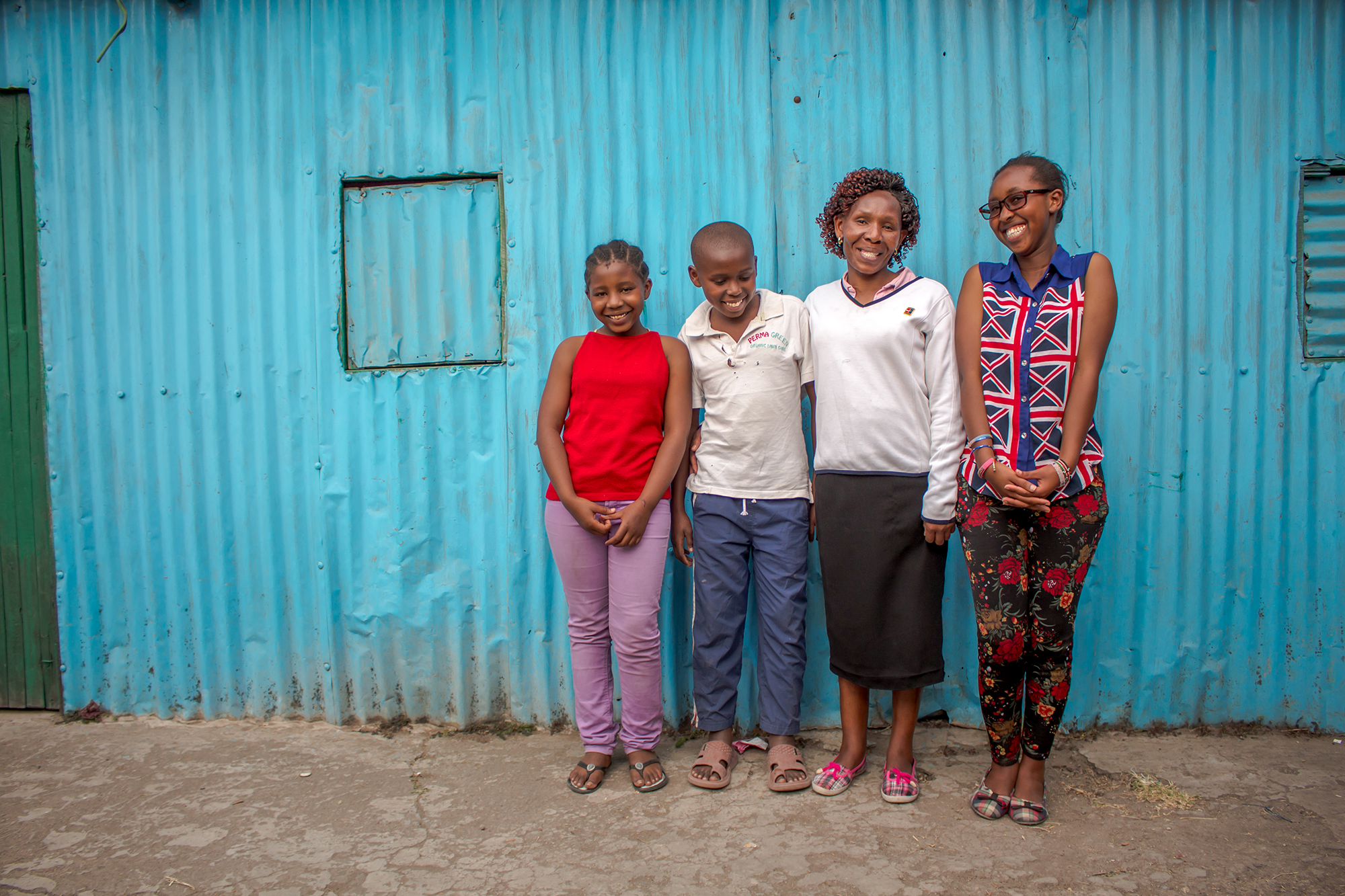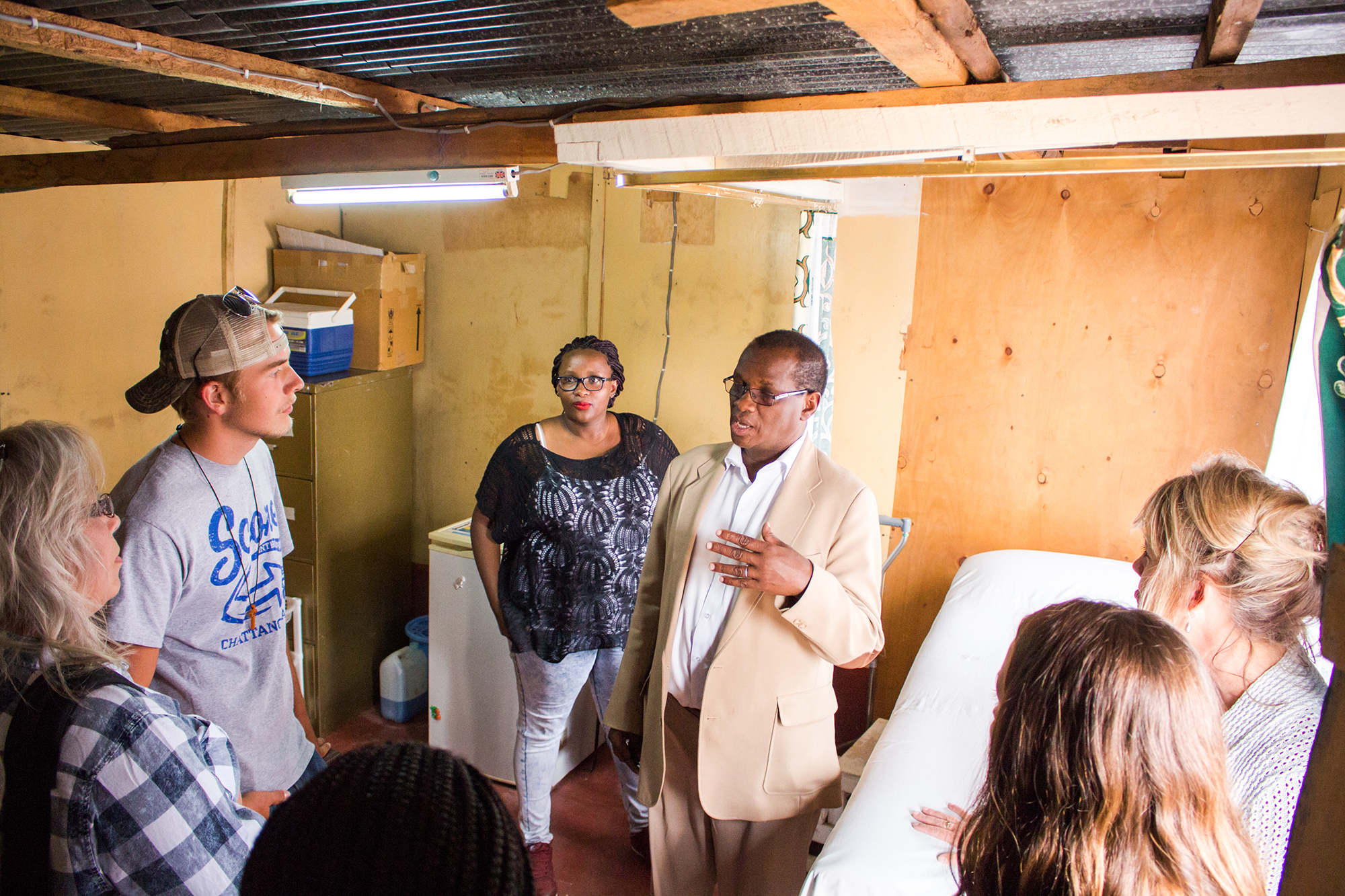See the beauty of
KenyaWith its diverse wildlife habitats, great rift valley and lakes, prolific bird life and rich culture and crafts, Kenya is one of Africa’s most successful conservation communities.
Learn more
Kenyan Culture

DEMOGRAPHICS
- Population: 53.7 million
- Life Expectancy: 67 years old
- Literacy Rate: 81%
- Religion: Christianity, Muslim
- Official Language: Swahili, English

Culture
- The pride of Kenya cuisine is Nyama Koma (roasted meat) and staples like ugali (a side dish made with maize) is usually served with this dish.
- Chai is tea and is served with milk and sugar in Kenya. Chai is traditionally served at breakfast, morning break, after lunch, mid afternoon, and following dinner.
- Kenya is a group-orientated culture where the extended family is the basis of the social structure. It includes relatives on both sides of the family, as well as close friends.
- As of 2020, Kenya had the third largest economy in Sub-Saharan Africa. Industries in Kenya include agriculture, forestry, fishing, mining, manufacturing, energy, tourism, and financial services.
Program Overview
The Goal
The goal of this program is to equip, inspire, and mobilize churches to build relationships with at-risk families within their communities. Relationships grow through frequent visits to families in their homes to offer prayer, biblical training, counseling, and overall encouragement. To empower this wholistic approach to orphan care, World Orphans and US churches connect with Kenyan churches to provide Gospel-centered training and funding.
Funding
Funding for the HBC program comes from a combination of church partnerships and fundraising campaigns. This funding ensures that these children receive the following:
Food
Meals served with the families and at school on a daily basis
Medical Care
Access to medical services and monitoring for specific health needs
Education
Assistance with school fees, school supplies, and tutoring
Emotional Care
Counseling and mentoring through relationships with church members
Spiritual Care
Fellowship, prayer, discipleship, and encouragment
How it Works
Vulnerable Children Identified
ChilD Selection Process
The HBC committee works to identify 20 orphaned or vulnerable children in the community who are in the greatest need. From there, they meet with the caregivers to determine if the family is a good fit for the program. The due diligence process includes completing a Child Intake Form, informing World orphans about each child in the selection process, discovering the family/caregiver history, and providing reasons for the program selection.
Home VisitS Per Family Each YEAR
Home Visits
Each family in the program receives at least one monthly home visit from an HBC volunteer. These visits ensure each child is receiving proper care and meeting pre-determined milestones in his/her development. Families and children receive encouragement, discipleship, life skills training, financial support, and prayer during these visits.
Impact reports each year on church, child, and community
Program Accountability
With long-term care of each child as our goal, World Orphans is serious about ongoing accountability. World Orphans staff members frequently communicate with the international pastor and HBC committee to monitor and assess each child and the overall structure of the program. The international pastor is required to provide monthly financial reports on how funds were apportioned, as well as quarterly reports assessing the overall HBC program as it relates to the impact on the church, the children, and the community.
children cared for in 2 family style homes
Residential care
Fountain of Hope Church has been caring for 26 children through 2 family style homes on their church property for the last 11 years. Each child is selected by the church and is provided for through the loving care of committed house parents. The children receive nutritional meals, education, medical care, emotional support and spiritual discipleship. The small family homes provide encouragement and support where each child is able to experience loving boundaries and unconditional love.
